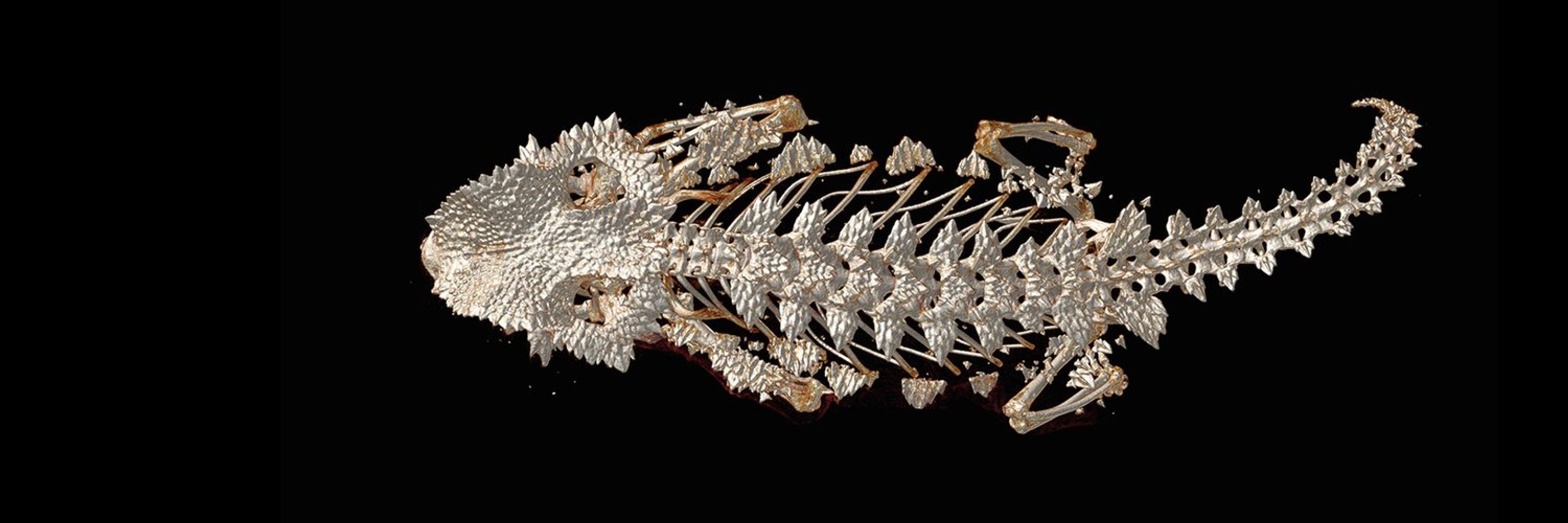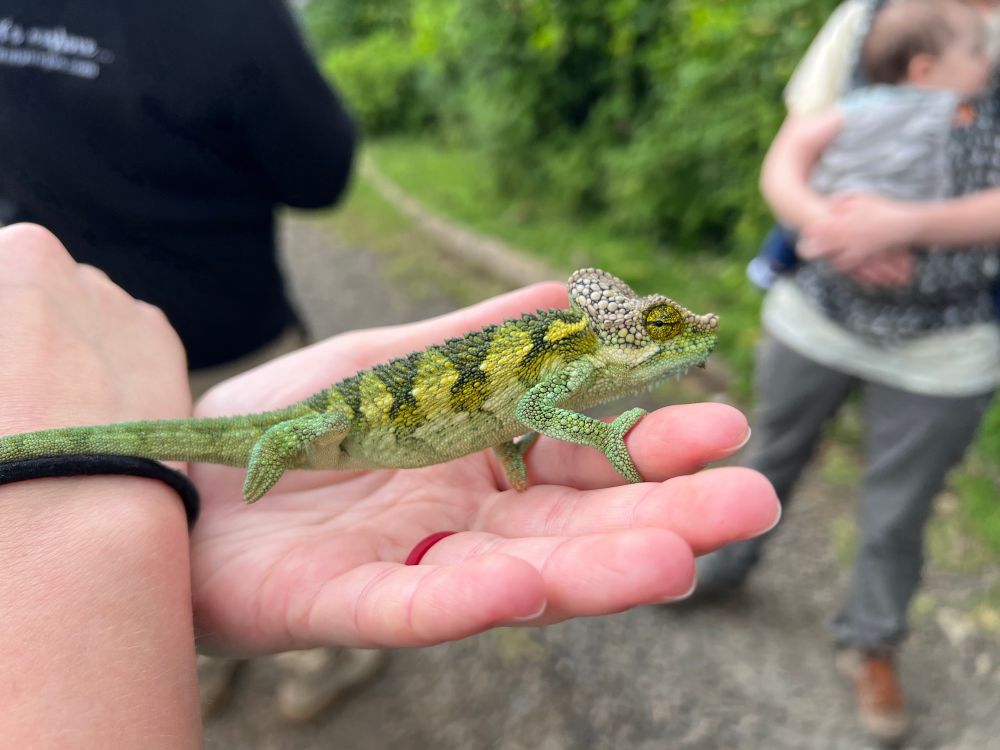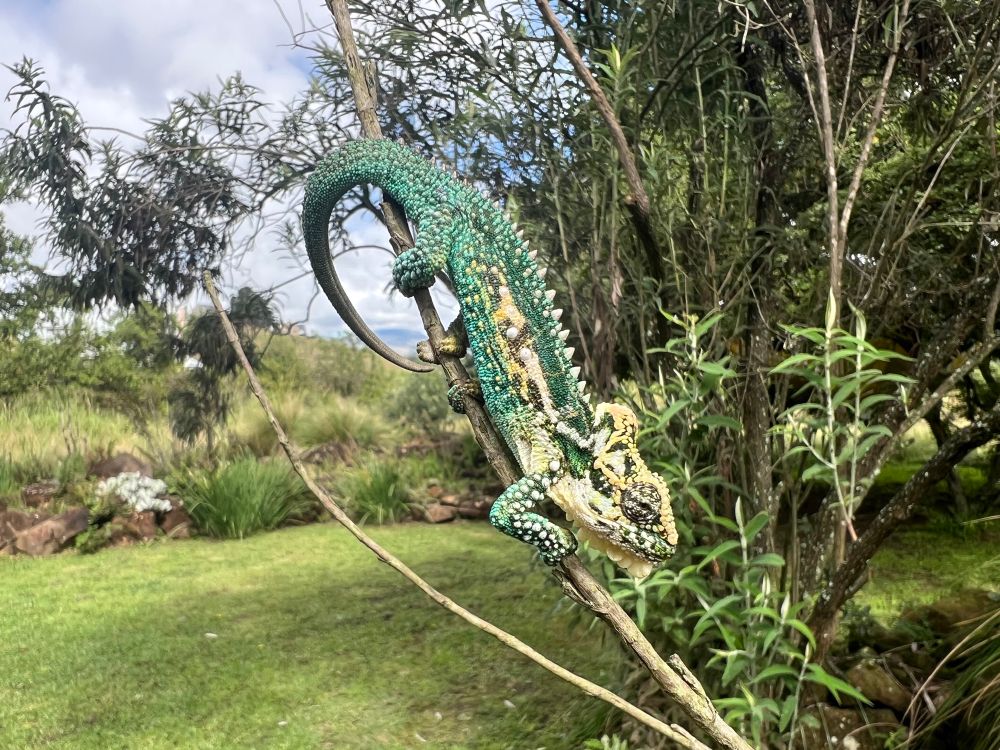Christopher V. Anderson
@chrisvanderson.bsky.social
83 followers
71 following
1 posts
Comparative biomechanist, functional morphologist & muscle physiologist obsessed with chameleons
Chair - IUCN/SSC Chameleon Specialist Group
All views my own
Posts
Media
Videos
Starter Packs
Reposted by Christopher V. Anderson
Reposted by Christopher V. Anderson
Reposted by Christopher V. Anderson
Reposted by Christopher V. Anderson
Reposted by Christopher V. Anderson
Reposted by Christopher V. Anderson
Reposted by Christopher V. Anderson
Reposted by Christopher V. Anderson
Reposted by Christopher V. Anderson
Reposted by Christopher V. Anderson
Reposted by Christopher V. Anderson
Reposted by Christopher V. Anderson
Reposted by Christopher V. Anderson
Reposted by Christopher V. Anderson
Reposted by Christopher V. Anderson
Reposted by Christopher V. Anderson
Reposted by Christopher V. Anderson
Reposted by Christopher V. Anderson
Reposted by Christopher V. Anderson
Reposted by Christopher V. Anderson
Reposted by Christopher V. Anderson
Reposted by Christopher V. Anderson
Reposted by Christopher V. Anderson
Reposted by Christopher V. Anderson
Reposted by Christopher V. Anderson





















































